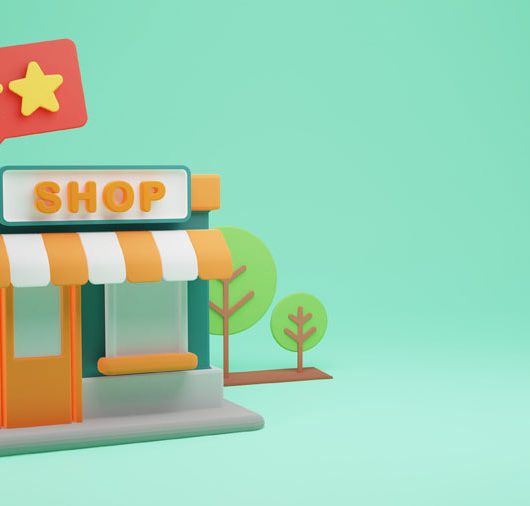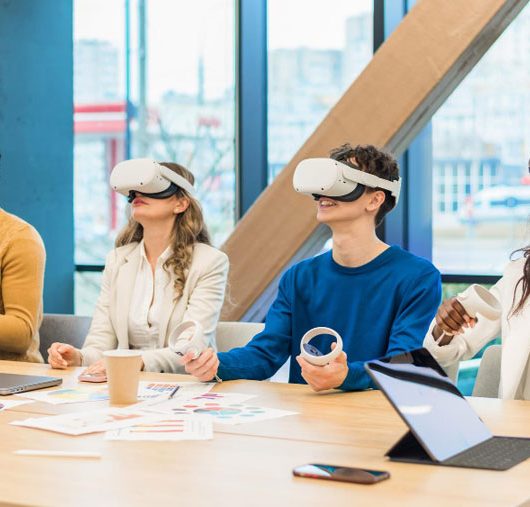Whether it’s a brand-new website or an upgrade to an existing one, over 57% of SMB owners are currently focused on this task. Because these websites are consistently engaging to work with, this is fantastic news for user experience and interface designers. The more exact the website’s requirements, the more elaborate its design can be.
Website design for furniture, for instance, is closely related to the product’s taste, interior design, and architecture. Check out the blog, where we look at the top furniture website trends and analyze what makes them stand out.
Which aspects of a furniture website’s design are most important?
Here are some things to consider while redesigning an e-commerce site or a design like this before we dive into the most imaginative furniture websites. To make your website more noticeable, consider the following:
Colors chosen to captivate the intended audience
As we’ve already established, consumers associate your website with your brand’s wares. You might as well capitalize on this association and bolster your company’s reputation. Websites for furniture stores, for example, will have a different color scheme than those for health tech companies, whose designs tend to be more muted and pastel.
Maintaining cohesion in the website’s color scheme and overall identity is a sign of meticulous and trustworthy web design, especially for furniture websites.
Clear design
Following the standard format of any e-commerce website, the furniture store’s website should look like this:
- Tabs displaying your site’s most vital sections—”about us,” “contact us,” products, groups of products, and a header.
- Banner ads showcasing services, customer reviews, and products, such as dining and side tables.
The media
Remember that significant media content is essential to making your online buying experience more interesting and tailored to your needs. It would be great if the furniture photos could be shot from different angles and have a zoom feature.
An additional SEO measure is ensuring each image has an appropriate file name and descriptive alt text. Another option is to create 3D room renderings with interactive components that link to product pages. Your clients will feel as though they are really there because of this.
Simple interface
Without easy-to-use navigation, exploring a website is pointless. A typical layout for a furniture store’s website would include the following features: a visible contact form, a one-click checkout, product categorization in the header or sidebar, and a catalog with products filtered by popular parameters (such as commercial vs. residential furniture, home vs. street furniture, wood vs. glass, etc.).
Suggested products or additional information on product pages can help users navigate your website more easily; for instance, you can show them furniture pieces that work well together in a given room.
Professional blogs
In marketing, content is king, and an original blog does wonders for a company’s reputation. Create an article page where interior designers show you how to use your products.
Inspiring statements
In online purchasing, calls to action (CTAs) are essential, and having a few buttons to sign up for your newsletter or special deals is a requirement. Asking customers to share the product they appreciate on social media is another way to increase brand awareness and sway purchase decisions.
10 most exemplary furniture-related website trends
Get ready to be inspired by these furniture websites! We hope these intriguing examples, chosen from our point of view, will inspire you to build your own website or enhance an existing one.
1. Vibrant hues
If you’re looking for a place to rent furniture, here is a fantastic example: the products are neatly organized by room type. The banner, with its sophisticated interior and striking colors, enhances the website’s attractiveness.
2. Renowned and enigmatic
They claim to be “Destined for the world’s most beautiful interiors” in their slogan. Truly, the layout of their online store gives off an air of intrigue and refined taste. The use of large banners with simple typefaces conveys an air of exclusivity.
3. Cards
On the homepage, cards showcasing specials, complete with prices and images, are featured. To modify the orientation of the items, consumers are encouraged to click on the white background while hovering.
4. Clear emphasis
Since chairs are Hermann Miller’s bread and butter, that’s where the emphasis is. The other items’ cards also feature the same color scheme.
5. Detailing
The story about the chair is told by cutting the text into bits because long and blind text seems boring. Attract customers’ attention with a big, bold price, color range, and “add to cart” button.
6. Minimalism
The furniture store’s website appears to be designed to perfection: symmetrical elements, a white background, and intuitive hover-over symbols.
7. Naturally occurring colors
There is no way that the eco-trend will ever be unpopular. Fitness, healthy eating, and eco-friendly furniture are all things that everyone aspires to. A business that promotes itself as environmentally conscious would do well to use green and brown colors. An intriguing alternative would be to include a “play” button in the banner’s middle, pausing the banner’s playback.
8. Wood
Our prior conversation was precisely about this. Imagine a wood print on wooden furniture; replace the cumbersome header with three tabs and icons, and you’ll have the desired style.
9. A variety of textures
Moving on to textures, we have plastic, glass, and steel, all of which are appropriately used on the website to entice customers to place orders.
10. Eastern European
The airiness and purity that characterize Scandinavian interior design are helping to propel its rising star status. Thanks to the white highlights set against a grayscale background, the entire website exudes sophistication.
In the end!
This article provides insight into the design of websites belonging to a certain category: websites that sell or rent furniture. Like all SMEs, companies in the furniture industry should be mindful of the impression their website gives to their activity and brand as a whole and do everything they can to encourage user engagement.











